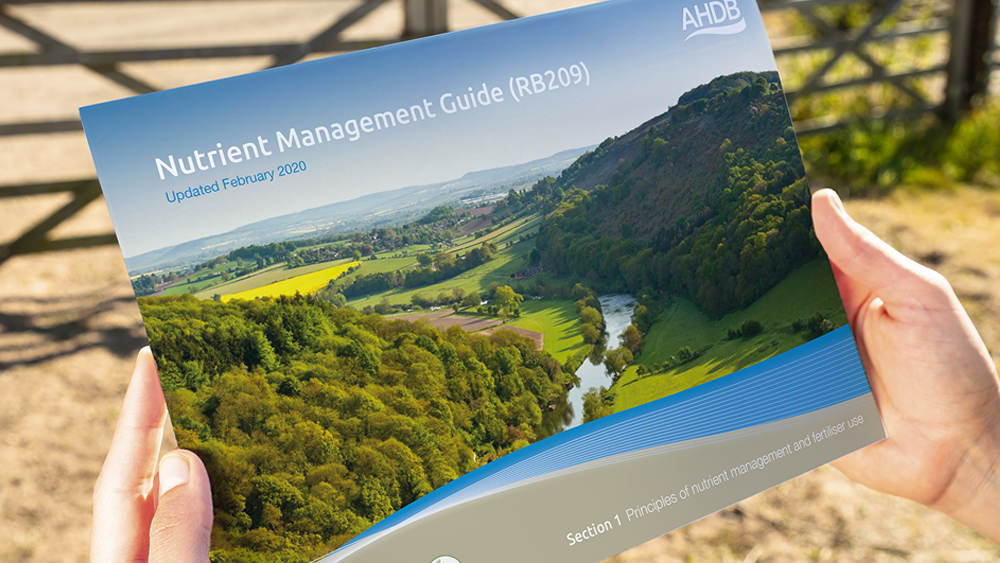- Home
- Knowledge library
- Reduction in diffuse phosphorus loss from dairy farms (PhD)
Reduction in diffuse phosphorus loss from dairy farms (PhD)
Summary
Improving phosphorus (P) management on dairy farms provides financial savings for farmers, whilst also mitigating their environmental impact and is therefore important in improving the sustainability of dairy farming. However, improving P management in Great Britain (GB) dairy farming requires system-specific information on P management because GB operates a diverse dairy farming system, but such information is limited. Therefore, this project aimed to: investigate current P feeding practices, determine P balance and P use efficiency (PUE) and simulate least-cost suites of methods to mitigate environmental P loading across a range of GB dairy farming systems.
- Firstly, surveys of 139 dairy farmers and 31 feed advisers were conducted to investigate current P feeding practices and identify barriers to, and motivators for minimising P feeding in a diverse dairy farming system. Findings indicated that minimising P feeding is required in GB dairy farming to reduce the concentration of P in dairy manure, which will minimise risk of P being applied beyond crops’ requirement. Additionally, the survey recommended that strategies to minimise P feeding would benefit from being system-specific.
- Secondly, the farm-gate and soil-surface P balance and PUE were determined for 30 dairy farms representing a range of GB dairy farming systems. Findings indicated that large mean P surpluses on a farm-gate (10.2 kg/ha) and a soil-surface (7.51 kg/ha) level and consequently large soil P reserves occurred across all systems. However, the housed system had higher P surplus per hectare and lower PUE compared to pasture-based systems, primarily because of greater import of concentrate feed.
- Thirdly, FARMSCOPER was used to simulate environmental P loading and optimise a suite of least-cost methods to mitigate environmental P loading from a model farm representative of a housed and pasture-based system (using data from 7 and 20 dairy farms, respectively). Findings indicated that greater environmental P loading was simulated from the housed system than the pasture-based system. Additionally, mitigating environmental P loading showed financial savings for both systems, but particularly in the housed system.
In conclusion, the current project highlighted strategies to improve P management in diverse GB dairy farming systems would benefit from a more system-specific approach. Additionally, the current project recommends a number of system-specific strategies to minimise P feeding, reduce P surplus and improve PUE and to cost-effectively mitigate environmental P loading. Such strategies could be implemented by dairy farmers, recommended to farmers by farm advisory services and considered by policy-makers in future policies.
Downloads
4111062 AHDB Postgraduate Studentship Final Project ReportAbout this project
The challenge
In recent years diffuse phosphorus (P) loss from concentrated animal holdings has received great attention as a major contributor to water quality degradation and reduced aquatic biodiversity (i.e. eutrophication). In the UK a decreasing trend in P fertiliser use associated with increasing inputs of manure P indicated that reducing manure P output could minimize P oversaturation in soil and subsequently P loss to watercourses. Since faecal P content and feed P supply in dairy cows are highly and positively correlated, reducing P overfeeding could reduce manure P input into soil. However, a recent AHDB-funded survey of UK dairy farms identified that we are feeding more P to our cows than the amount recommended for optimum production and performance. With no proved benefit of P overfeeding and obvious negative consequences of excess P in manure, we need to ask the question ‘why are we overfeeding P?’ Therefore the current project firstly aims to identify the barriers to reducing P overfeeding in dairy cows.
The UK dairy production is seeing increased P import as concentrate feed and greater concentration of production per unit of land available. This combined with previous heavy fertiliser application and associated legacy P, creates challenges for the appropriate use of P-dense manure and aggravates spatial imbalances in soil P status. The issue of on-farm P surplus and subsequently environmental P loading could be tackled by developing and implementing management strategies to improve P use efficiency on dairy farms. This project aims to assess on-farm P budget and identify management strategies to improve on-farm P use efficiency.
The project
The results from this project will contribute towards developing guidelines for best on-farm P management strategies. It will also guide the focus of future research by highlighting the barriers we need to overcome to achieve precision P feeding on UK dairy farms.
Student
Brad Harrison
Related resources


